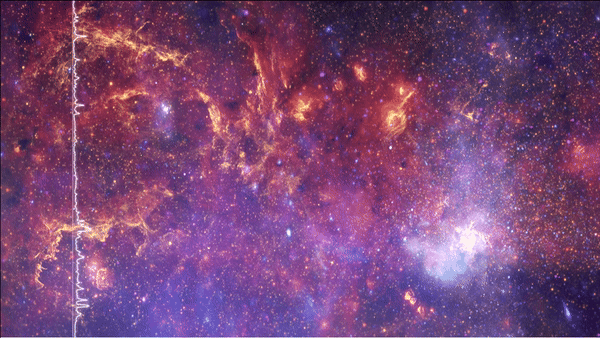NASA astronauts will launch to orbit in a spacecraft they’ve never flown before, if all goes well in the hours ahead.
The space agency retired its space shuttles in 2011. For nine years, astronauts could get to the International Space Station only aboard Russia’s Soyuz rockets. Then in May 2020, two NASA astronauts, Bob Behnken and Doug Hurley, flew to the I.S.S. in SpaceX’s Crew Dragon. That capsule has since become the only way to get to orbit from the United States.
During this time, NASA has been waiting on a second vehicle to be ready. Called Starliner, and built by the aerospace giant Boeing, it is set to launch on its first test flight with astronauts on board after years of technical setbacks and costly delays. Here’s what you need to know about Monday evening’s flight:
-
The spacecraft will lift off atop an Atlas V rocket at 10:34 p.m. Eastern time from Cape Canaveral Space Force Station in Florida. NASA will start livestreaming the preparations for launch at 6:30 p.m. Eastern time. A video player where you can watch it will be provided on this webpage.
-
Starliner has what is known as an instantaneous launch window — it must launch on time to allow it to catch up with the International Space Station passing above. Weather is currently 95 percent favorable for an on-time launch.
-
The two crew members on board Starliner are Butch Wilmore, the commander, and Suni Williams, the pilot. Both are experienced NASA astronauts, with Mr. Wilmore having spent 167 days in space, and Ms. Williams 322 days there. After liftoff, they will spend about a day in orbit before docking with the space station early on Wednesday morning. They will stay for about a week, allowing for more tests of the spacecraft and its systems.
-
Starliner is years behind schedule, a result of work by Boeing and NASA to confirm that the spacecraft was safe to fly that stretched far longer than either had expected. Technical pitfalls included inadequate software testing, corroded propellant valves, flammable tape and a key component in parachute system that turned out to be weaker than designed. Boeing fixed the problems, enabling tonight’s launch attempt.
-
The delays have left Boeing facing more than $1.4 billion in unexpected charges. The launch attempt comes during a tough 2024 for the aerospace giant. Just days into the year, a panel on the body of a Boeing 737 Max 9 blew off during an Alaska Airlines flight. The pilots were able to safely land the plane, and there were no major injuries, but the episode has had widespread repercussions for the company, particularly its aviation division.
Niraj Chokshi contributed reporting.






